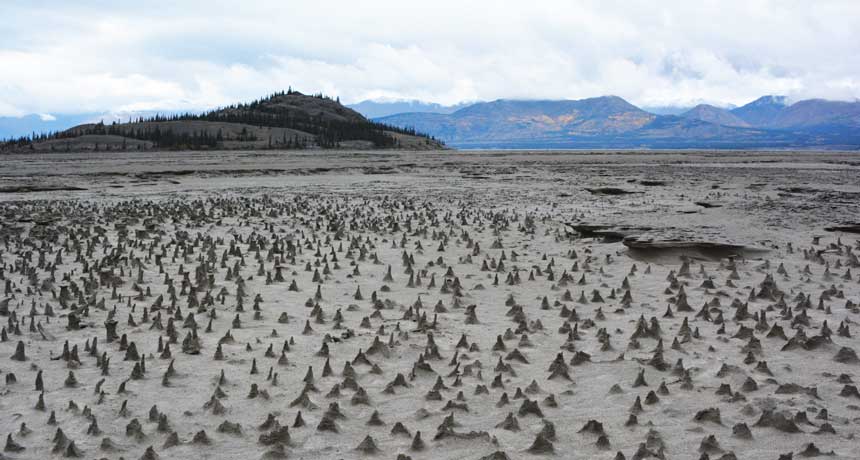
HIGH-WATER ROBBERY The melting of Kaskawulsh Glacier in northwestern Canada diverted water flow from one river into another, plummeting water levels in the waterway that once fed Kluane Lake (shown).
Jim Best/University of Illinois

HIGH-WATER ROBBERY The melting of Kaskawulsh Glacier in northwestern Canada diverted water flow from one river into another, plummeting water levels in the waterway that once fed Kluane Lake (shown).
Jim Best/University of Illinois